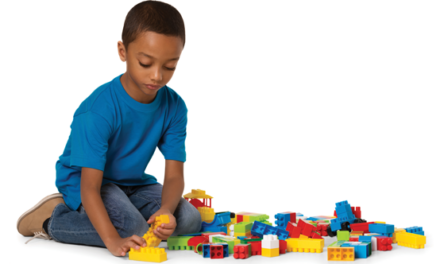Two large concrete disks fitted with seats don’t attract much attention on the Brickyard gathering spot on North Carolina State University’s campus in Raleigh, N.C. When you sit on the seat in one of those disks and speak in a normal voice, sometimes even in a whisper, someone sitting in the seat in the other disk can hear you quite clearly, even though the disks are far apart. The disks are parabolic reflectors, which amplify and focus sound waves.
It’s been years since I sat in one of those concrete disks, but I thought of that phenomenon over and over again as I read through the results of this year’s PDK/Gallup Poll of the Public’s Attitudes Toward the Public Schools. A lot of what we learned from the poll is old news or at least not very surprising news: Testing is flunking with Americans, the public isn’t really behind the Common Core, Americans want the federal government to play a less active role in education, and lack of funding is the biggest problem facing local schools. Oh, and everybody thinks their own schools are better than everyone else’s.
But, this year, for the first time, we were able to discern whether there are differences among whites, blacks, and Hispanics when it comes to education. We learned that there are more similarities than differences, but there also are some key differences that deserve attention. Blacks and Hispanics are more inclined than whites to believe standardized tests can be used to improve schools and are good tools for comparing school quality. Blacks were significantly more likely than whites to want teachers to use the Common Core. Blacks said parents should not be able to excuse their child from taking a standardized test, and blacks overwhelmingly said they would not excuse their own child from such an exam.
Blacks gave President Obama significantly higher grades on education than did whites. The president’s education agenda, of course, includes endorsing the Common Core and using standardized testing to gauge student achievement and school quality.
What I read in these numbers is a belief by communities of color that having hard data about student learning can make a difference in ensuring equity of opportunity for children of color. What I see is a belief that holding all children to the same set of high standards will improve the lives of children of color. What I hear is a community that understands that the president and his administration are carrying out an education agenda that they believe will benefit children of color.
As Marc Morial said in his essay on p. 34 of the September issue of Kappan magazine, “While there are other ways to evaluate learning, statewide annual assessments are the only objective, consistent, and comparable measure of student success. Assessments are part of life, and, while they are not comfortable, they are necessary.”
Visionary leadership
Congress appeared to listen very closely to the message from the Americans who opposed testing and the Common Core as they did their work this summer on reauthorizing the Elementary and Secondary Education Act. I’d never want to suggest that listening to active and vocal Americans is a mistake.
But true and visionary leadership often requires listening to messages that are spoken more quietly. Visionary leaders anticipate and skate to where the puck is going to be, not where it is today. During the last school year, for the first time, children of color were a majority of students in the nation’s public schools. By 2023, whites students are expected to make up only 45% of the students in public schools. At no point going forward do demographers expect that trend to change.
Are policy makers getting ready to listen to the quiet messages that may be bubbling up from these important sectors of the American public? Or are they just listening to the loudest voices in the room today?
ABOUT THE AUTHOR

Joan Richardson
JOAN RICHARDSON is the former director of the PDK Poll of the Public’s Attitudes Toward the Public Schools and the former editor-in-chief of Phi Delta Kappan magazine.








